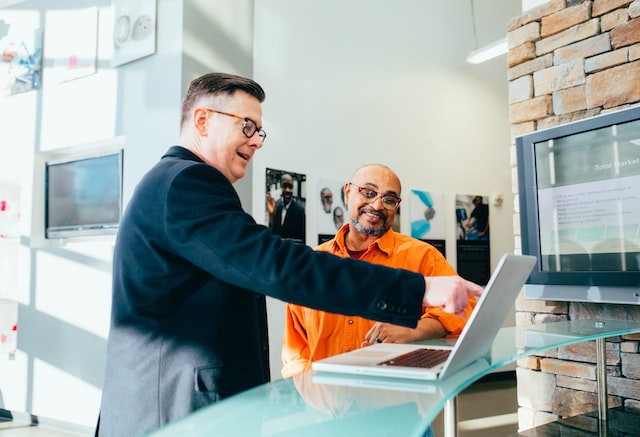
GUEST POST from Art Inteligencia
In today’s fast-paced and complex business landscape, nurturing employee creativity has become vital for organizations to stay ahead of the competition. Encouraging autonomy among employees plays a crucial role in harnessing their creative potential and driving innovation. By granting employees the freedom to make decisions, take ownership, and explore new avenues, organizations can create an environment that fosters a culture of creativity. This thought leadership article aims to explore the benefits of empowering employees and illustrate its effectiveness through two compelling case studies.
Case Study 1: Google’s “20% Time” Philosophy
Perhaps one of the most famous examples of empowering employees to foster creativity is Google’s “20% Time” policy. In 2004, Google introduced this initiative, allowing employees to dedicate 20% of their working hours to pursue personal projects unrelated to their assigned tasks. This policy removed bureaucratic constraints and empowered employees to delve into their passions and ideas. As a result, iconic products like Gmail and Google Maps were born during these allotted hours. Encouraging autonomy and providing a platform for employee creativity has proven to be a game-changer for Google, fueling its reputation as an innovative tech giant.
The success of the “20% Time” philosophy lies in granting employees the freedom to explore and experiment without fear of failure. This autonomy builds a sense of ownership, accountability, and intrinsic motivation within the workforce. By investing in employee autonomy, Google demonstrated that empowering employees can lead to groundbreaking innovations and foster a culture of sustained creativity.
Case Study 2: Pixar’s Collaborative Autonomy
Pixar Animation Studios serves as another outstanding example of empowering employees and nurturing autonomy to unlock creativity. Known for its exceptional storytelling and groundbreaking animations, Pixar encourages its employees to actively contribute and take ownership of their projects. Animators, writers, and creative minds are given the freedom to make meaningful decisions, shaping the overall outcome of their work.
Pixar’s film “Toy Story” serves as a remarkable case study. Director John Lasseter empowered his team to contribute ideas, take risks, and challenge conventions throughout the creative process. By fostering a culture of individual and collective autonomy, Pixar cultivated an environment where creativity thrived. This approach allowed the team to push boundaries, resulting in a critically acclaimed and commercially successful film that revolutionized the animation industry.
Lessons Learned and Strategies for Organizations:
The case studies of Google and Pixar illustrate the significant advantages of empowering employees to foster creativity within organizations. To apply these lessons effectively, organizations can consider the following strategies:
1. Encourage experimentation and risk-taking: Provide employees with the freedom to experiment, make decisions, and learn from failures. Organizations should view failures as opportunities for growth and encourage the sharing of lessons learned.
2. Provide platforms for idea exchange: Create spaces where employees can collaborate, share ideas, and contribute to the company’s creative goals. Platforms such as brainstorming sessions, cross-functional teams, and digital collaboration tools can fuel innovation and foster a creative ecosystem.
3. Foster a growth mindset: Encourage continuous learning and development by supporting employees in acquiring new skills and knowledge. Provide resources and training opportunities that enable individuals to stretch their creative abilities further.
4. Recognize and celebrate creativity: Establish recognition programs that celebrate and reward employees’ creative contributions. This appreciation reinforces the value of autonomy and empowers employees to continue pushing the boundaries of creativity.
Conclusion
Empowering employees and promoting autonomy can invigorate creativity and innovation within organizations. The case studies of Google’s “20% Time” philosophy and Pixar’s collaborative autonomy demonstrate the tremendous benefits that result from nurturing creativity within the workforce. By implementing strategies that encourage experimentation, idea exchange, a growth mindset, and recognition, organizations can create an environment where employees feel empowered to unleash their creative potential. Embracing and fostering autonomy will not only drive innovation but also lead to a more engaged and committed workforce, ultimately propelling organizations toward sustainable success in an increasingly competitive marketplace.
Bottom line: Futurology is not fortune telling. Futurists use a scientific approach to create their deliverables, but a methodology and tools like those in FutureHacking™ can empower anyone to engage in futurology themselves.
Image credit: Pexels
![]() Sign up here to get Human-Centered Change & Innovation Weekly delivered to your inbox every week.
Sign up here to get Human-Centered Change & Innovation Weekly delivered to your inbox every week.